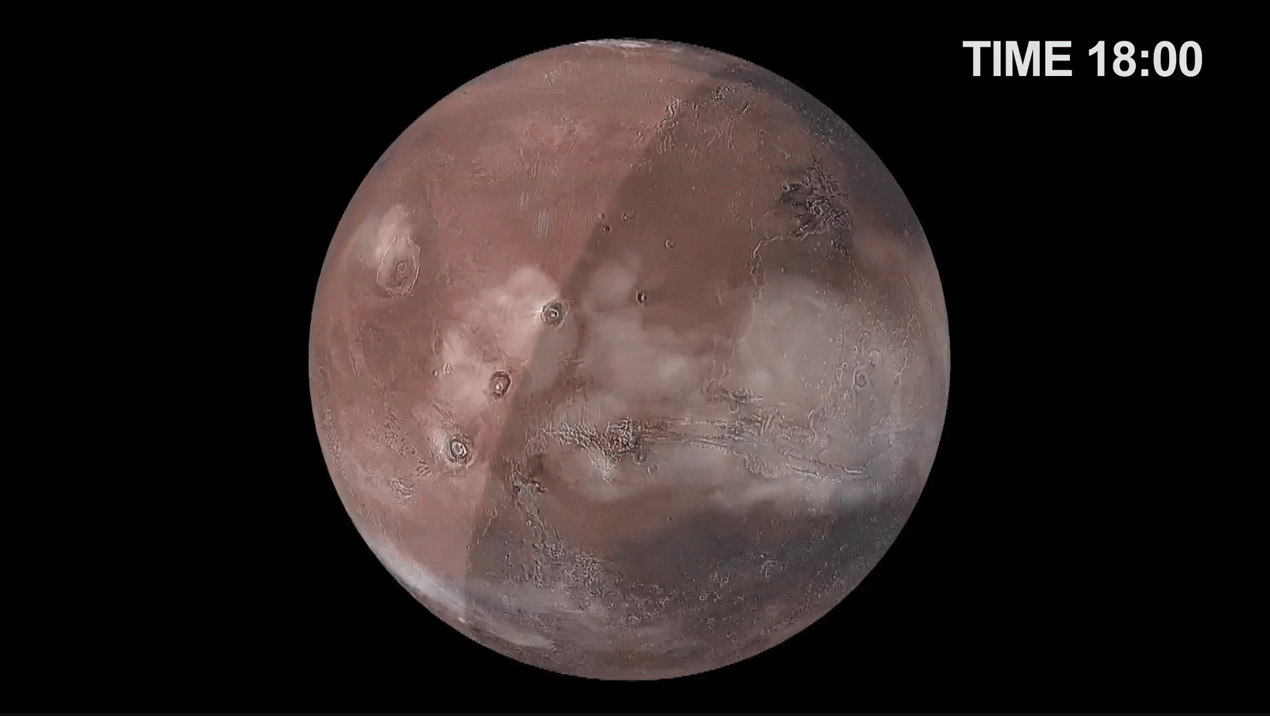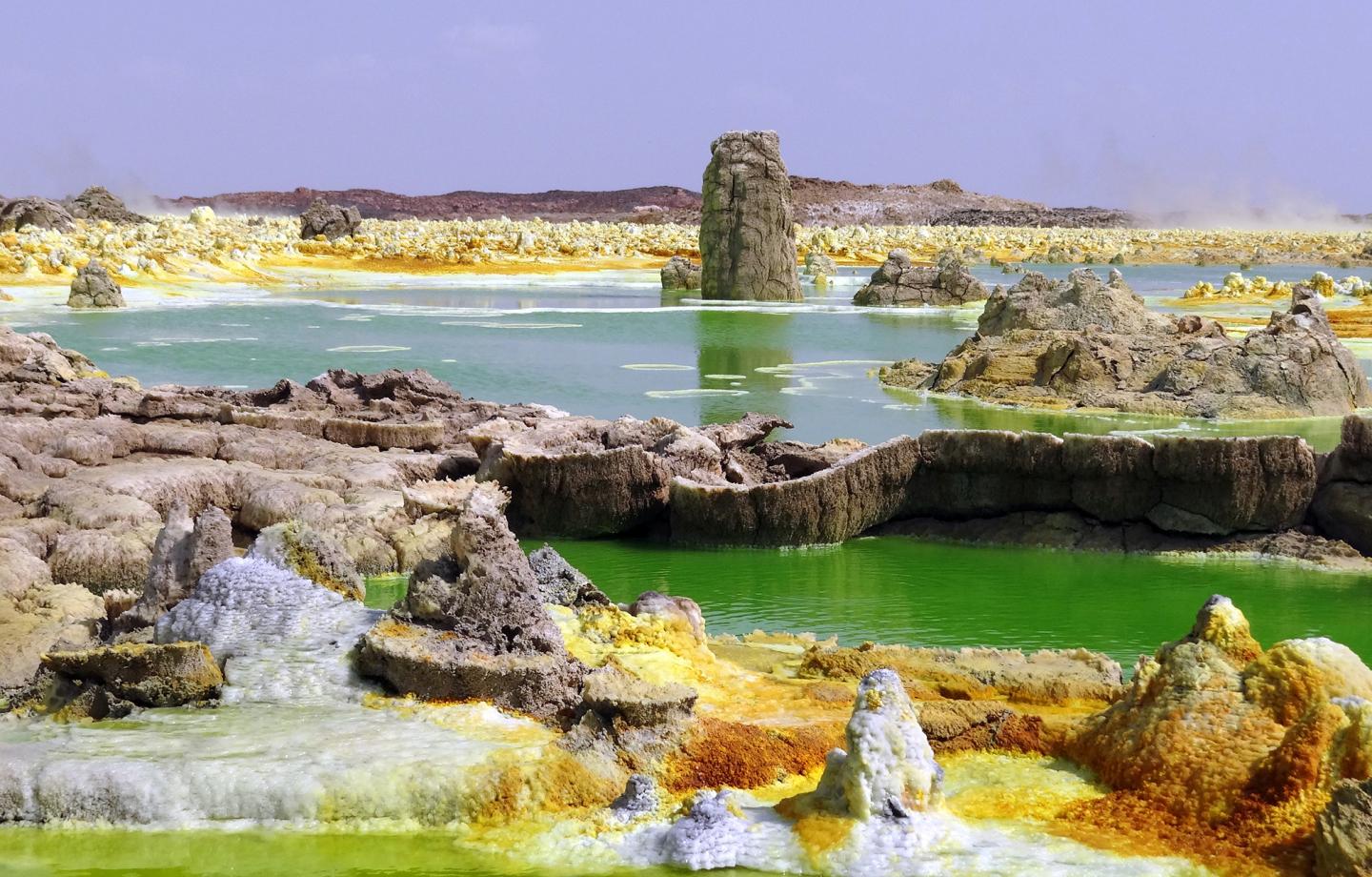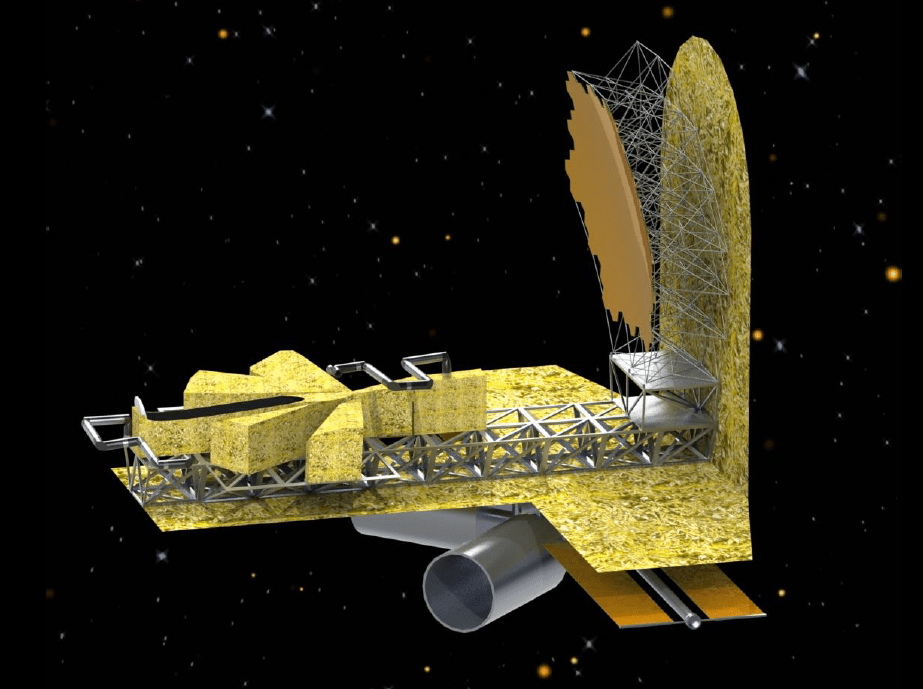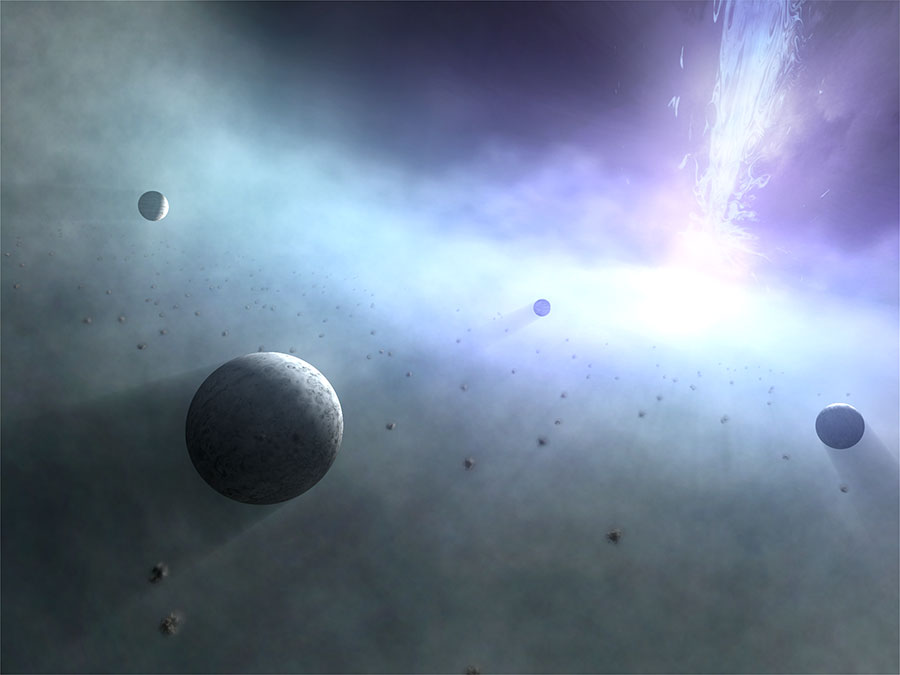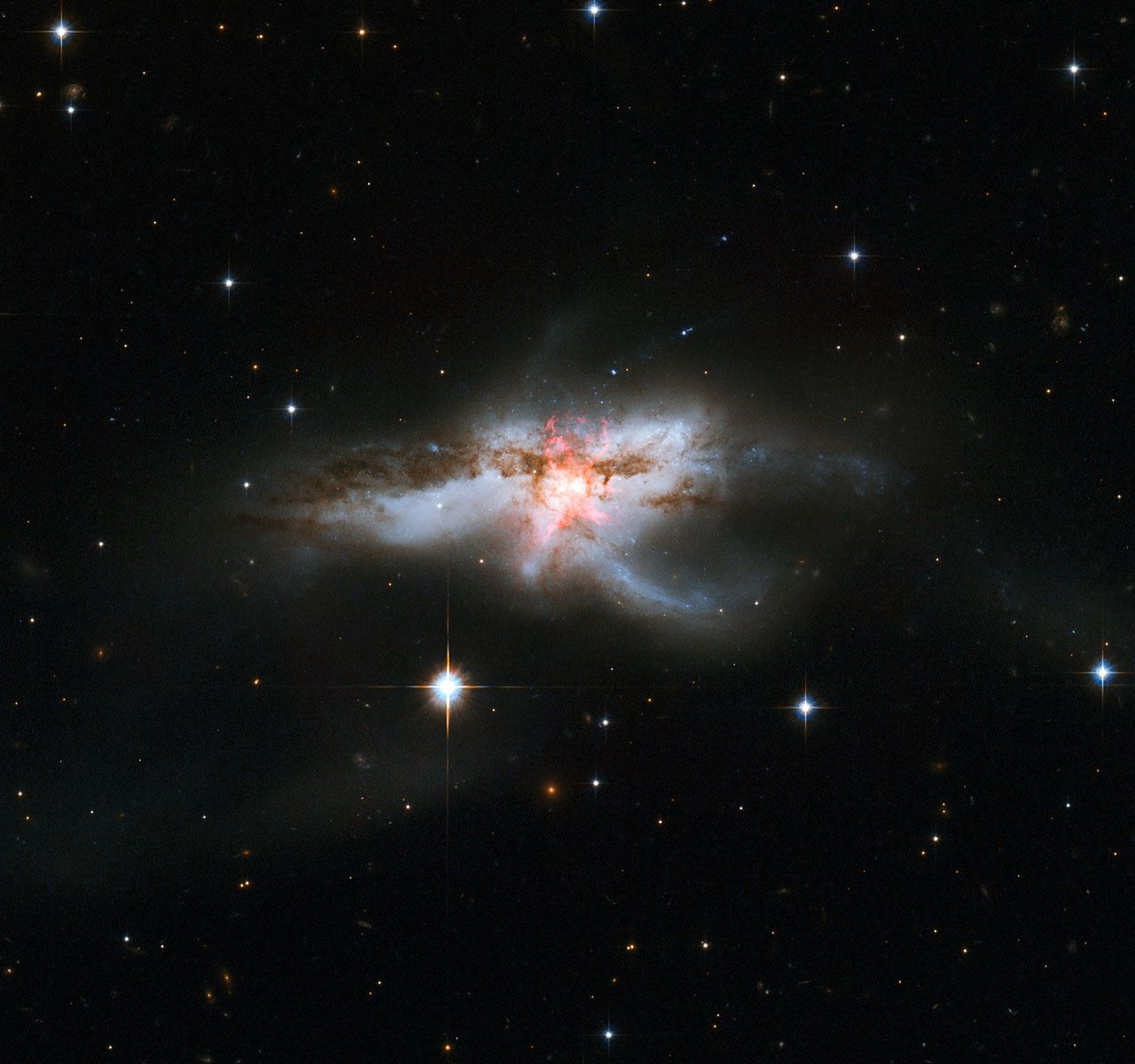When a huge dust storm on Mars—like the one in 2018—reaches its full power, it can turn into a globe-bestriding colossus. This happens regularly on Mars, and these storms usually start out as a series of smaller, runaway storms. NASA scientists say that these storms can spawn massive towers of Martian dust that reach 80 km high.
And that phenomenon might help explain how Mars lost its water.
Continue reading “When Martian Storms Really Get Going, they Create Towers of Dust 80 Kilometers High”

